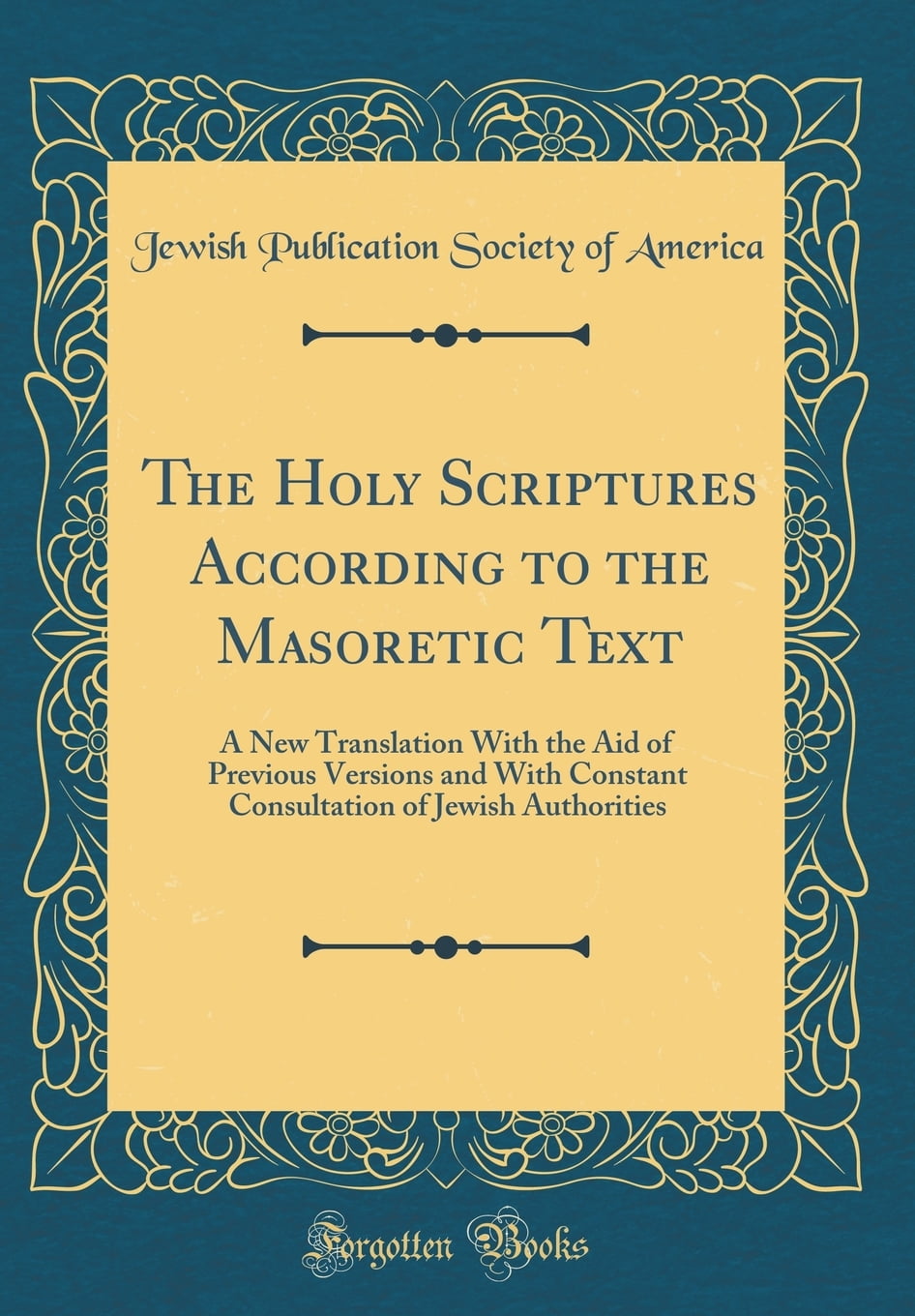The Original Versions of the Holy Scriptures
A thorough examination of the original versions that provide the foundation for biblical translations reveals a complex yet illuminating history. Careful study of the manuscripts in their original languages sheds light on why different versions exist in English.
The Hebrew Bible
The oldest extant manuscripts of the Hebrew Bible date to approximately the 10th century CE. Known as the Leningrad Codex, this manuscript serves as the basis for the Biblia Hebraica Stuttgartensia, the standard reference text. However, the Samaritan Pentateuch presents an intriguing variant, featuring an alternative site for worship prescribed in the Ten Commandments. Discovered Dead Sea Scroll fragments of Exodus and 1 Samuel also exhibit textual variations not found in accepted versions, highlighting areas for ongoing scholarly examination.

The Greek Septuagint
The Septuagint provided the foundational Greek translation of the Old Testament, containing several books absent from the Hebrew canon. Adopted by early Christians, it influences modern Protestant Bibles through variant readings preferred over the Masoretic Text. Comparing its translation with Hebrew sources enhances understanding of the biblical authors’ intended meanings.
The Greek New Testament
Established as the basis for translating the New Testament, the Nestle-Aland Greek text remains the scholarly standard reference. Intended for translators, the United Bible Societies’ Greek New Testament retains nearly identical wording while accounting for readers less familiar with biblical original languages. Textual variations appear in the Majority Text Greek New Testament, reflecting manuscript evidence preferred by some denominations.
The Need for Understanding
As languages change over time, translations aim to convey Biblical truths in ways comprehensible to each generation. While invaluable for its historical influence, the early 17th century King James Version utilizes an archaic English style less accessible today. Modern translations benefit from evaluating more extensive manuscript evidence and insights from historical linguistics and Ancient Near Eastern studies. Variants among versions stem from alternate translation methodologies, intended audiences, and continual refinement of biblical interpretation.
Striving for Accuracy
Faithful translation requires balancing careful scholarship with clear communication. Word-for-word renderings prove difficult given concepts untranslatable across languages and cultural distances. [Dynamic equivalence] translations convey intended meanings rather than literal word matches. Accuracy also depends on the translators’ aptitude in comparative Semitic languages, Hellinic Greek, and original context clues seldom evident to modern readers. Multiple versions aim to serve diverse abilities, learning preferences, and life stages within the body of Christ.
Ongoing Revelation
As the earliest Biblical autographs no longer survive, comparison of manuscript witness lines illuminates the content of the inspired texts. Alternative readings pose opportunities rather than obstacles, enriching comprehension through diverse perspectives on divine revelation. No single version exhausts the fullness and complexity of God’s self-revelation, calling believers to ongoing, Spirit-led discovery of scriptural depths. May further research guide interpreters ever closer to the truth and clarity originally entrusted to God’s scribes.
